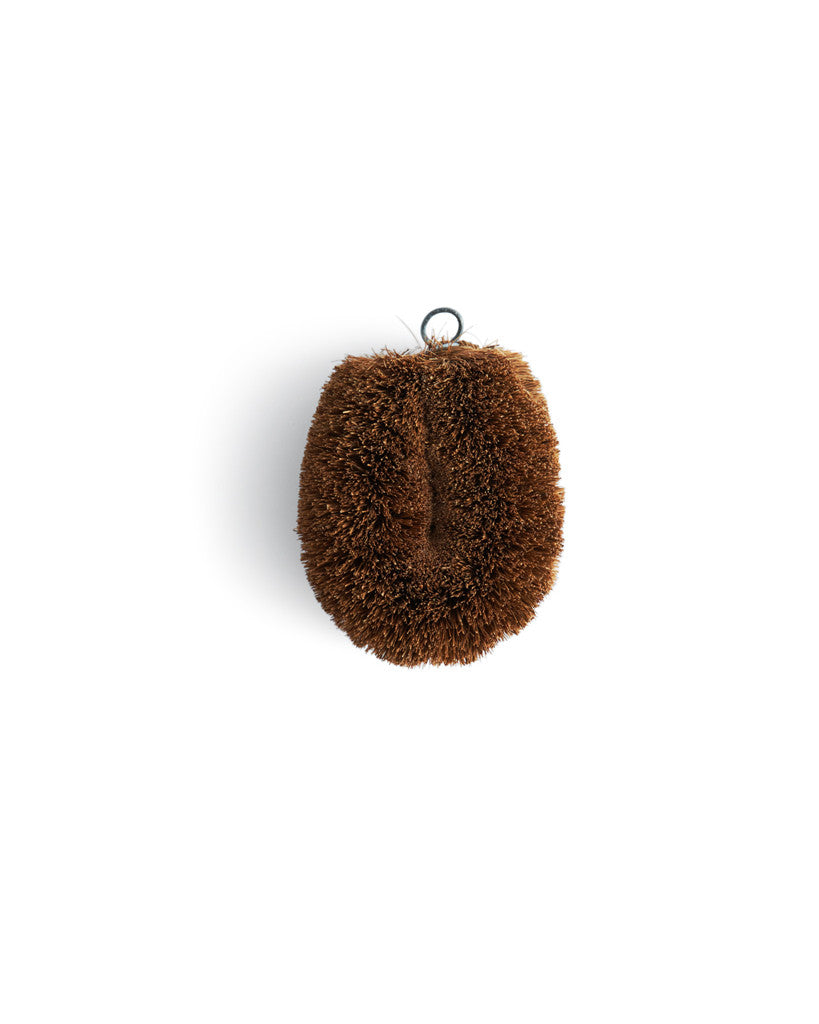

When something is wasted, the Japanese utter the term ‘mottainai’ to express a deep sense of regret roughly translated as ‘What a waste!’ or ‘Don’t waste!’ In Japan, wastage is disgraceful especially when it comes to food, time, and resources. ‘Mottainai’ is based on Shinto standards and it is a stand-alone exclamation that refers to waste. The fact that this organic scrubbing brush is made primarily from windmill palm fibers allows another Japanese virtue to be upheld with ease – Mottainai. Go to any public facility and it is one of the first things that stand out.īathhouses and schools in Japan reveal that without the Kamenoko tawashi brush it would not be as easy to keep surfaces as pristine as they are on such a regular basis. When you get lost in the cultural bliss of this country, you might notice that there is a general sense of this virtue being upheld by its people. It worked amazingly well and Nishio realized that even though the bristles looked hard, they were in fact gentle and at the same time strong enough to remove burnt-on grease, dried-on splatters, and even mildew-infested grouting without damaging the object or surface that is being cleaned.Ĭeramicware, Dutch ovens, and white sneakers are no exception!Ĭleanliness – referring to spatial sanitation, bodily hygiene and spiritual purity – is one of the highest virtues in Japan. This prompted the birth of the 20th century Japanese tawashi brush – Kamenoko Tawashi.
Kamenoko tawashi scrubber trial#
Other sources say his invention was as unintended as it is genius because at the time he was a young businessman who was trying his hand at weaving welcome mats to sell at the marketplace.ĭuring the trial and error phase of creating these mats (which failed at removing dirt), his wife picked up a bundle of the raw materials and used it to scrub whatever needed scrubbing around the house. Some sources say his inspiration came from watching his mother dedicated her life to taking care of the family home and remembering how tiresome it was for her. Knowing this, Nishio Shouzaemon revolutionized the ancient tawashi in an attempt to figure out an easier way to perform burdensome tasks like scouring dirty pots, pans, grill plates, cast-iron cookware, stubborn floors and more! If you think about it, the most dreaded task of home-cooking is home-cleaning, especially if you have no help in the kitchen.Īnd, even if you do, it is a pain to the eye and is the deterrent between you and your next batch of Okonomiyaki! The most recognized Japanese scrubbing tool is the Kamenoko Tawashi, invented by Nishio Shouzaemon exactly 113 years ago.

Gold, brass, and stainless steel brushes (‘kinzoku tawashi’) made from metal.Acrylic wool sponges (‘akuriru tawashi’) made from artificial fibers – knitted or crocheted.Synthetic nylon sponges (‘nairon tawashi’).Man-made polyurethane sponges (‘suponji tawashi’).Think brooms, body scrubbers, and cleaning instruments for hard-to-reach areas.īecause the tawashi brush has been a common item in Japanese households for hundreds of generations, the term ‘tawashi’ is loosely used to refer to various forms of scrubbing tools including: Some tawashi brushes even have a handle attached – making all-purpose use possible.
Kamenoko tawashi scrubber how to#
This same ‘friend’ will also show you how to stop throwing away the nutrients found in the skin of your fruits and vegetables, and even how to gently exfoliate your skin using a household product sourced from nature. That is – if you are still using a regular sponge, kitchen towel, and steel wool to scrub away dirt (not to mention more than half of your nail beds!) We will be right here with you, and we’ve brought a ‘friend’ along to show you a new way of life. While we love to give you recipes that achieve authentic flavors and textures, today we’ll skip to the part where you’ve eaten and it’s time to clean up your delicious mess. We certainly have and as you can tell, we at Bitemybun have been hooked on all things Japan since our first few encounters! Exploring Japan through its charming streets, culture, and cuisine is a magical experience in itself.Īnd, even if you have not been there in the flesh you might have met some Japanese people, been to a Japanese restaurant in your corner of the world, or watched popular Japanese films (with subtitles!) sometime in your life.


 0 kommentar(er)
0 kommentar(er)
